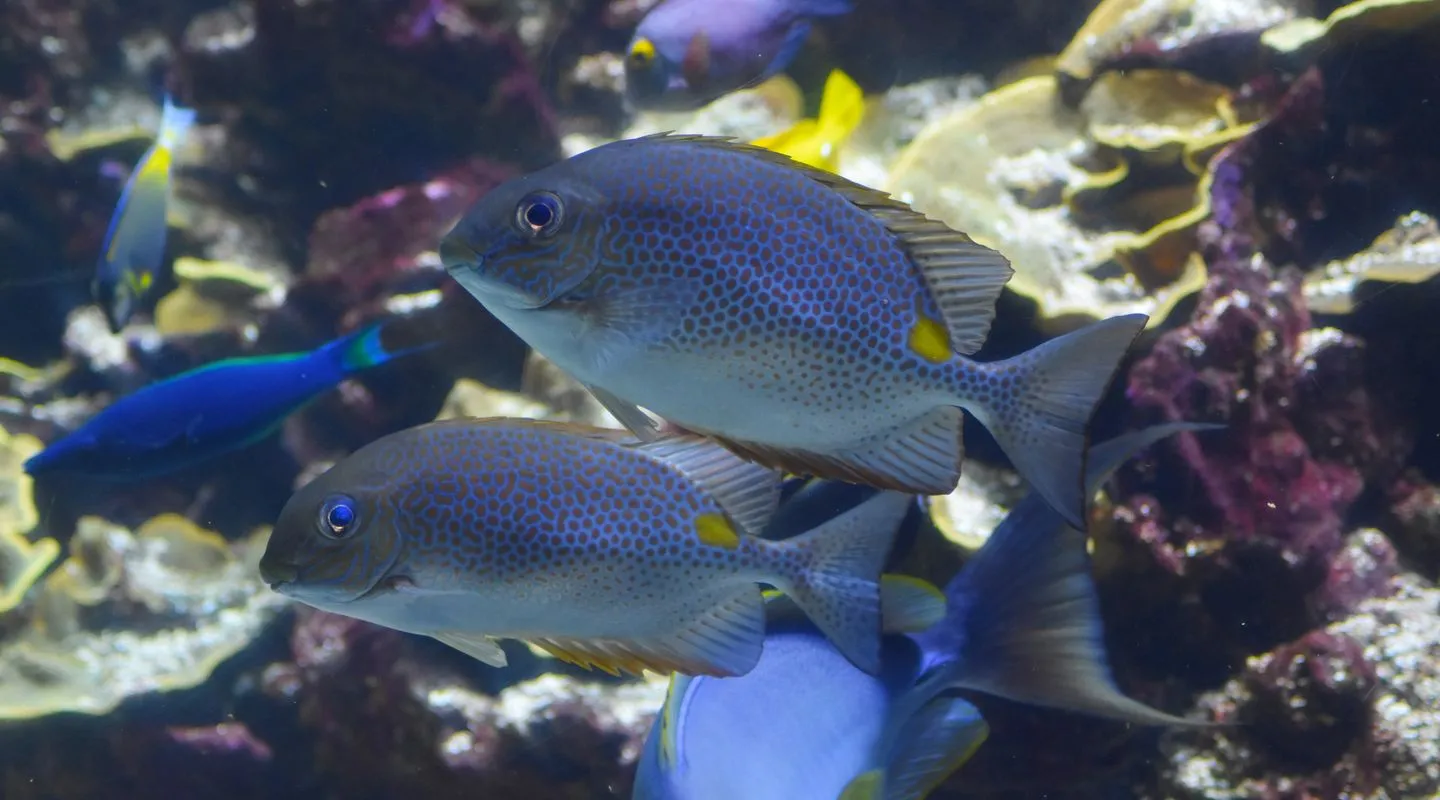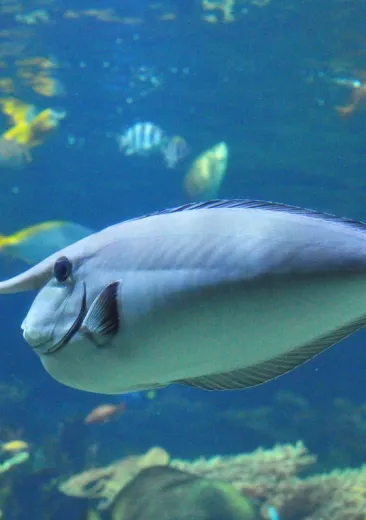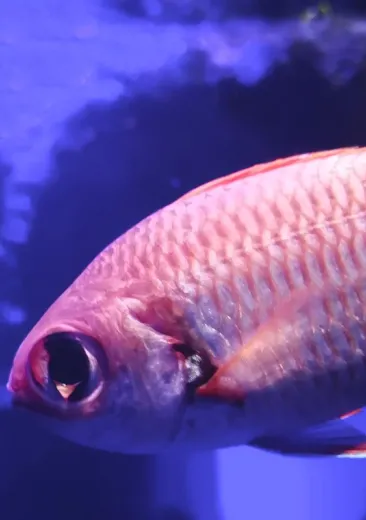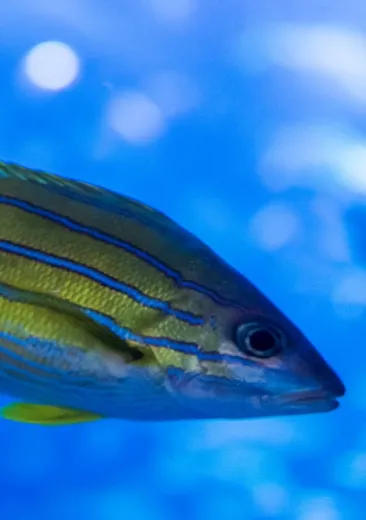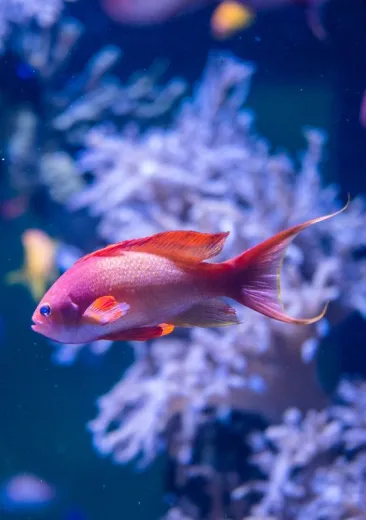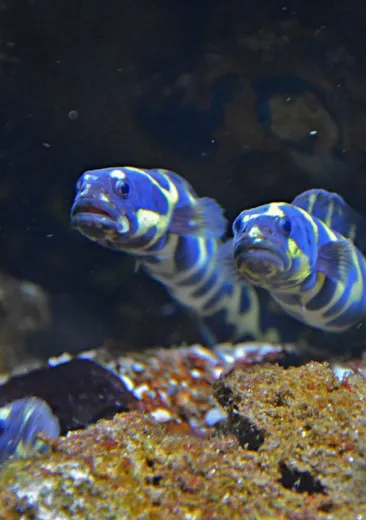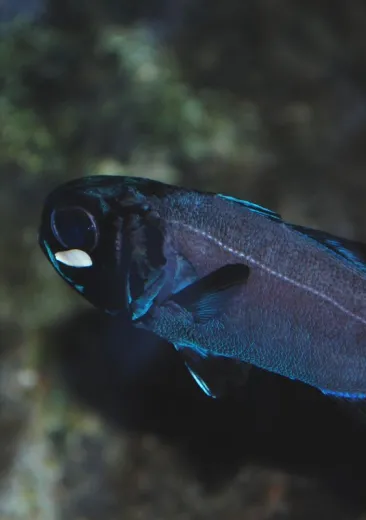Rabbitfish are peaceful fish that feed on algae and marine plants. Rabbitfish are an oviparous species and reach sexual maturity between 16.8 cm for males and 18.1 cm for females. This nocturnal fish spawns around midnight.

Identity card
Golden Rabbitfish
- Scientific name:
- Siganus guttatus
- Family:
- Siganidae
- Class:
- Actinopterygii
- Phylum:
- Chordata
- Year of description:
- Bloch, 1787
- IUCN Status:
- Least Concern
- CITES-status:
Not Evaluated
- Distribution:
-
Andaman Sea, Southern Japan, New Guinea and Java
- Habitat:
-
Coral reefs and brackish waters of mangroves and estuaries.
- Size:
The maximum size of the rabbitfish is 42 cm, with an average size of 25 cm
- Diet:
-
Algae and marine plants.
